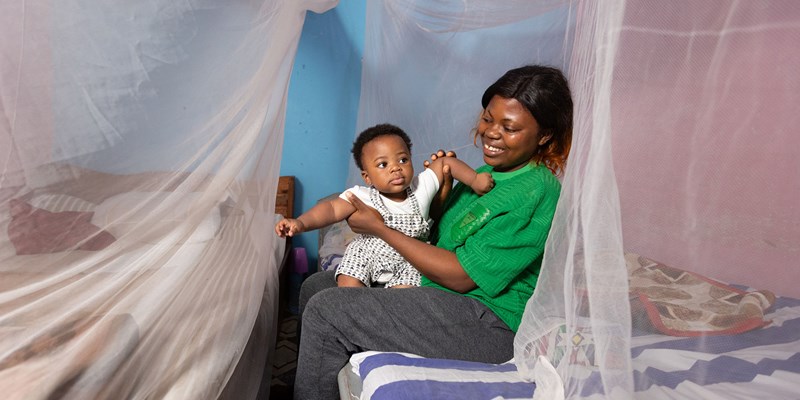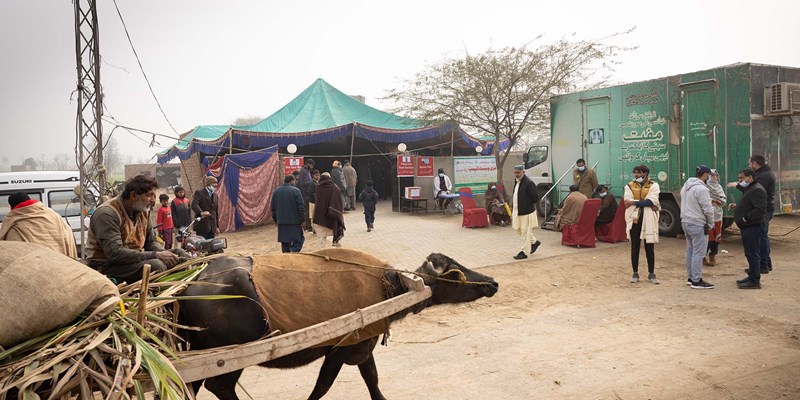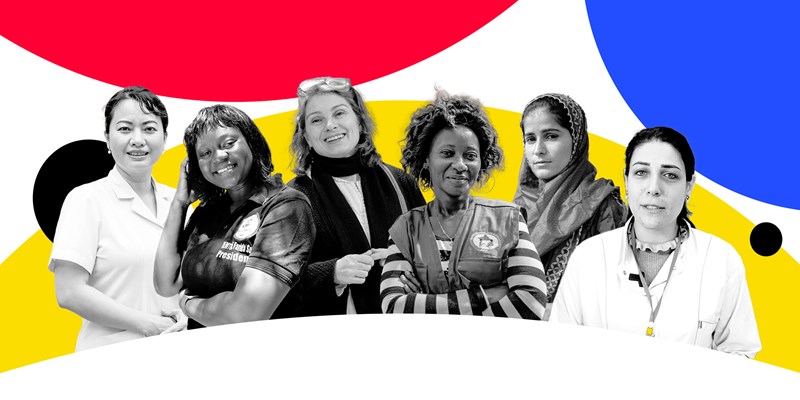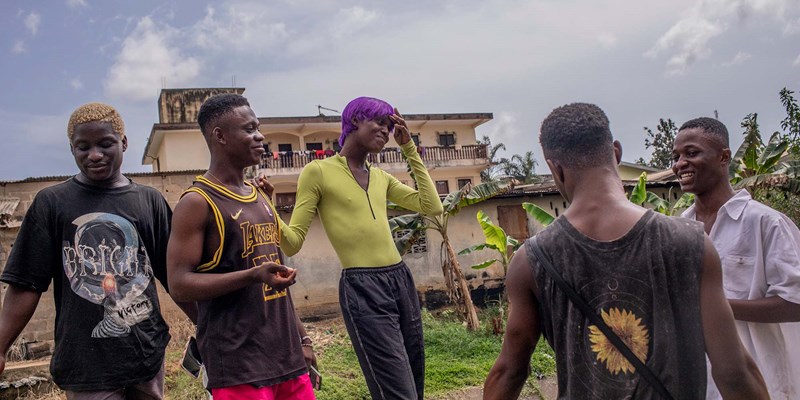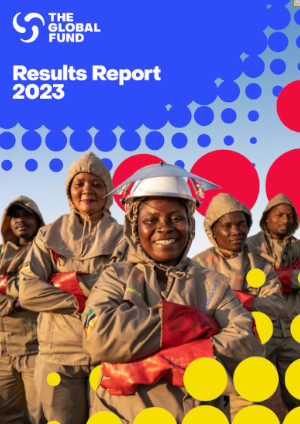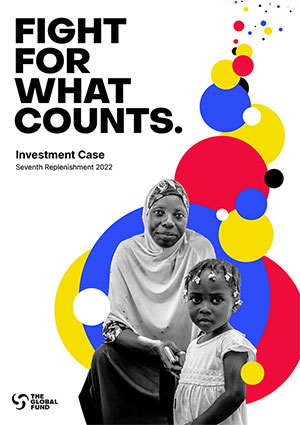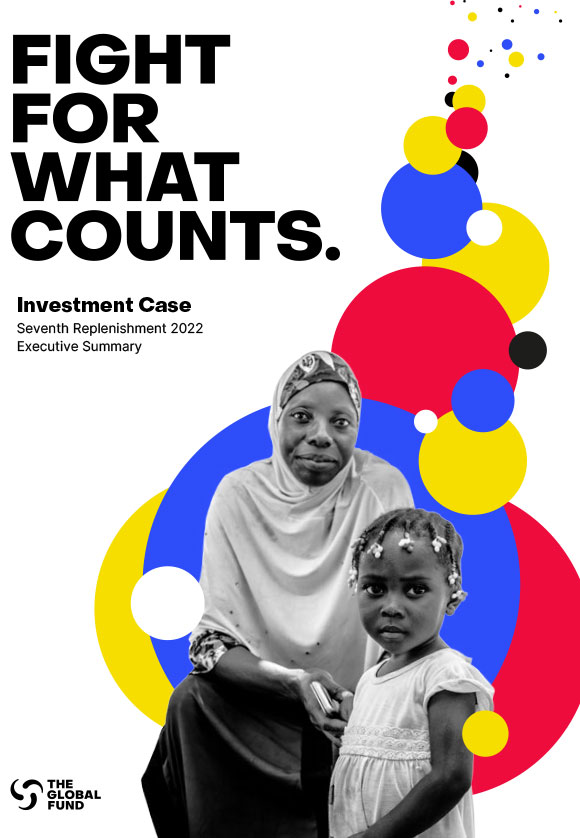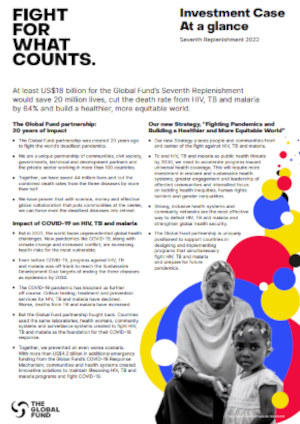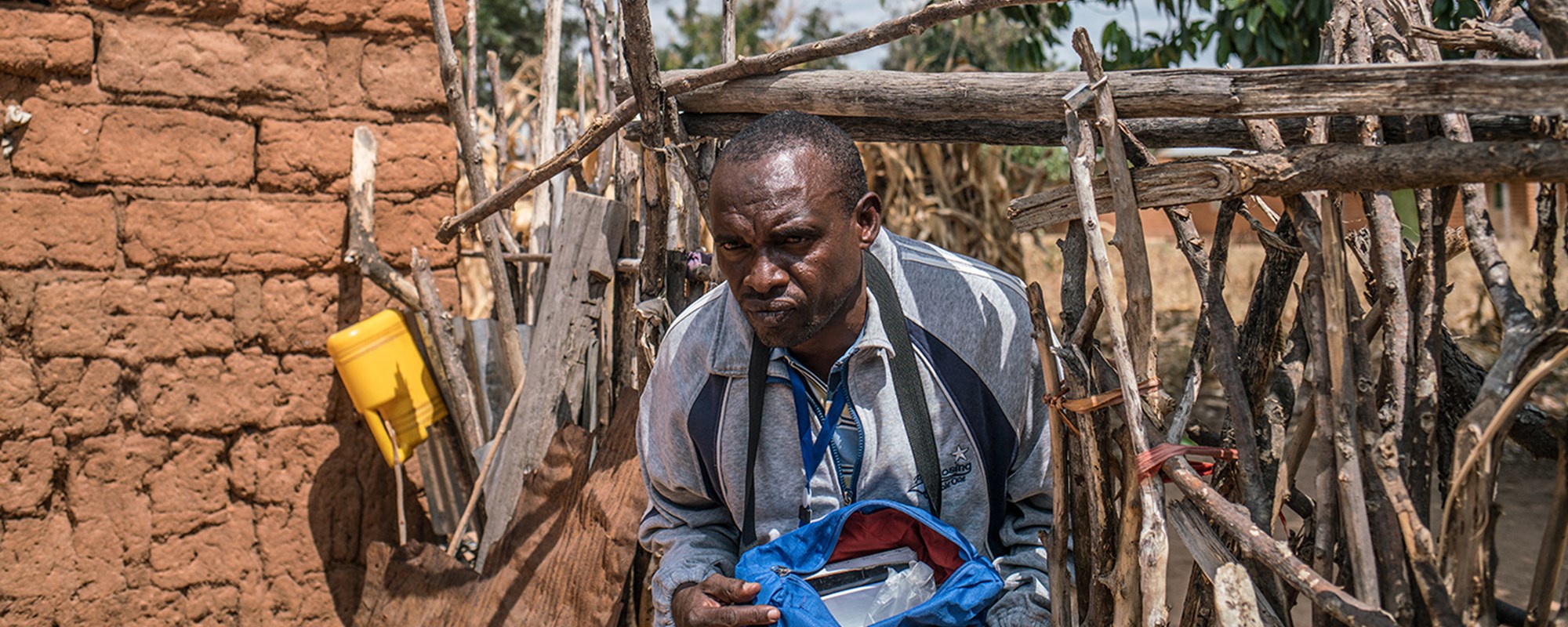

Q&A: The Hunt for TB's "Missing Millions"
Millions of people with TB are missed from the diagnosis and treatment radar, says Dr. Eliud Wandwalo, Senior Disease Coordinator, TB, at the Global Fund. It's imperative we find them.
Every year, around 10 million people fall ill with TB but only around six million are identified. The remaining patients are "missing".
There are many different reasons for this, depending on the context and the country. Some patients may have poor access to TB treatment and health service's in general. Some countries don't have TB services available in all facilities (— at a district level and above, they may have access, perhaps, but not at primary care level). There may be a shortage of health workers in some cases; or existing health workers may not have the appropriate skills and training to be able to diagnose TB.
Why is it important that these patients are found?
Because they will continue to infect others and we will not be able to control the disease and ultimately end TB. If someone has TB but is not diagnosed for a year, they can infect between 15 and 20 people. So, it's critical that they are found as this is one of the surest ways to cut the chain of transmission in the community.
How is The Global Fund helping to find unidentified patients?
The Global Fund (a partnership between governments, civil society, the private sector and people affected by the disease) is responsible for 65% of all the international funding for critical interventions and programmes dealing with all forms of TB, including drug-resistant TB.
Between 2018 and 2020, we've also decided to give special attention to 13 countries that contribute to about 75% of all missing people with TB globally. The countries are Bangladesh, Democratic Republic of Congo, Indonesia, Myanmar, Nigeria, Pakistan, Philippines, South Africa, Tanzania, Ukraine, Kenya, Mozambique and India.
What are you doing to identify missing TB patients?
We're giving these countries additional money — $125 million — to help find missing people with TB. We're also working with the World Health Organization (WHO), Stop TB Partnership and other partners to ensure that these countries have the necessary tools and technical assistance they need to achieve the target of finding more people with TB.
Such collaboration is vital. We cannot stop TB simply from a medical perspective. We can only do it by partnering with different stakeholders. For instance, in parts of Asia, unregulated private clinics are not compelled to register TB patients in the same way as public hospitals so, by working closely with the private sector, we are better able to identify those who have been diagnosed with TB at private facilities.
Could better use of data help pinpoint missing patients?
Yes. Inadequate data is one of the challenges in finding the missing people with TB and TB control in general. Most of the affected countries do not have good data systems to identify the missing patients and understand the reasons for not accessing care. Most of the countries still use paper-based reporting systems especially at the lower level health facility, so it's not easy to share information that could help trace unidentified patients. We're working to strengthen the data system to ensure real-time data is also available. Plus, we need to build capacity in data analysis so that clinicians know who is coming for treatment, where the epidemics are located etc.
What about better use of technology?
Using technology is at the center of the initiative to find the missing millions. We are deploying molecular based diagnostic tools such as GeneXpert, which is accurate and fast in identifying TB patients – including those with drug resistant forms. We are supporting countries to use digital technology including mobile phones to communicate with patients. This means that, in some areas, patients don't have to go to a health facility every day to take their medication. They can take it at home and post a video so that health workers know they've had it. That kind of innovation really helps move the needle.
How optimistic are you that the 'missing millions' will be found?
We've already seen great success. For example, in India, there has been a sharp increase in the number of 'found' TB patients because of partnership with the private sector. We've partnered with this sector in the past, but it's been rather a one-way street. This time we're ensuring that they are at the heart of the collaboration — and that it makes sense for them from a business perspective. We are seeing great progress also in many African countries such as Tanzania, Mozambique and Kenya.
We need more funding to reach the WHO target of ending TB by 2030. Governments need to increase domestic funding for TB and the international community needs to step up the fight against epidemics like TB by supporting The Global Fund. In October 2019, President Macron will host the Global Fund’s Sixth Replenishment Conference in Lyon. This replenishment seeks to raise at least US$14 billion to help save 16 million lives, avert 234 million infections and help the world get back on track to end these diseases.
This interview was first published by Media Planet
